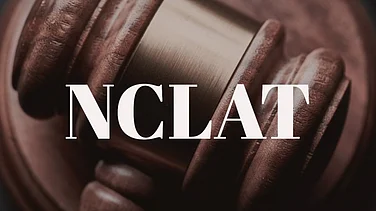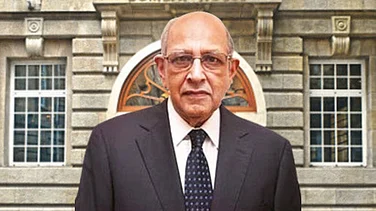
Trump announces oil exploration deal with Pakistan, hints at future India exports.
A 2015 EIA study estimated 9.1B barrels oil, 105 Tcf shale gas.
Another 2017 USGS report gave lower estimates, citing geological and extraction challenges.
Pakistan lacks fracking infrastructure, with no shale-specific wells drilled till date.
US President Donald Trump announced an energy initiative with Pakistan to explore and develop the country’s "oil reserves", which he claims are “massive”. Making this announcement while hitting India with 25% tariffs, Trump suggested that Islamabad might export oil to India some day.
Taking to his social media account on Truth Social, the US President said, “We have just concluded a deal with Pakistan … We are in the process of choosing the oil company that will lead this partnership. Who knows, maybe they'll be selling oil to India some day!”
Meanwhile, the global economic superpower has heightened trade tensions between New Delhi and Washington by slapping 25% tariffs on Indian imports.
In terms of the energy partnership with India, neither the US State Department nor Pakistan’s Ministry of Energy has confirmed any details.
But to understand what Pakistan actually has underground, one has to go back to some early studies done by the US government. A 2015 study by the Energy Information Administration (EIA) and another in study from 2017 by the US Geological Survey (USGS) offers technically rich yet cautious estimates about Pakistan’s hydrocarbon potential.
What the 2015 US Study Said
As per the 2015 ERI study on technically recoverable shale resources, Pakistan holds around 9.1 barrels of technically recoverable shale oil and 105 trillion cubic feet (Tcf) of technically recoverable shale gas
These two are primarily found in the form two formations Sembar Shale (Lower Cretaceous) and Ranikot Formation (Paleocene). In terms of Sembar Shale, the estimated oil quantity predictions given by the study was 5.8 billion barrels and in case of gas it was 101 Tcf.
The same study also gave estimates of oil and gas estimates in the Ranikot Formation (Paleocene). As per the study, 3.3 billion barrels of oil and 4 Tcf of gas was estimated.
Even though the figures were impressive, the EIA stressed that these were ‘risked, technically recoverable resources’ and not proven reserves. Modelled from US analogues, the data were based on limited field information and was subject to high geological and infrastructural uncertainties.
US Geological Survey’s 2017 Study on Pak’s Oil & Gas Reserves
In yet another study conducted back in 2017, the United States Geological Survey (USGS) conducted its own assessment of the Lower Indus Basin - the same area where Trump’s recently proposed development would is expected to occur.
Using a geology-based assessment methodology, the U.S. Geological Survey estimated that undiscovered and recoverable resources of oil and gas stand, on average, at 164 million barrels and 24.6 trillion cubic feet, respectively. In the case of natural gas liquids, the estimated figure stands at 601 million barrels.
The figures from the 2017 study reflects a substantially lower number, suggesting that later geological modelling, while still positive, reflects a more muted view of what’s likely to be commercially extractable in the coming times. For the 2017 USGS study, the projections are based on six defined assessment units (AUs) in the Lower Indus Basin, US shale analogues for productivity benchmarks and Post-Eocene geological modelling after plate collision with Eurasia. The 2017 assessment also assumes continuous accumulations and not proven reserves.
Pakistan's Ground Reality
Even though there has been a decade since mapping and studies were done, Pakistan has still not drilled a single shale-specific well in these formations. Both the studies acknowledged that there is no domestic infrastructure for commercial-scale hydraulic fracturing, prevalence of water scarcity in potential exploration zone, policy ambiguity, security risks as well as lack of field data as barriers.





























